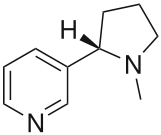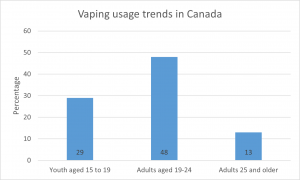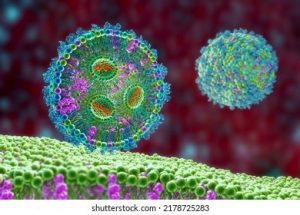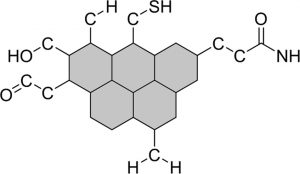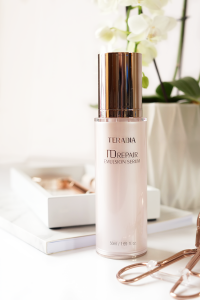Researchers from Iwate University in Japan have published a new paper that explains one aspect of the intriguing response cats have to catnip. The paper, published on June 14th 2022, shows that chewing catnip leaves maximize the release of organic compounds and repels insects. Tamako Miyazaki, who led the research, hopes that the work will pave the way for development of new insect repellants.

A photo of a domesticated cat eliciting a behavioral response to catnip. Source
Catnip is a non-toxic plant in the mint family and it has been long known to elicit several responses in cats. And, it’s not just domesticated cats that are affected, catnip induced behavior has been seen across the feline family including leopards, cougars, tigers, and lions.

Figure 1: Effect of leaf damage on the airborne emission of nepetalactone. Data adapted from Miyazaki et al.
The behavioral response which includes rolling, licking and chewing is seen in two thirds of all felines. The prevalence of these responses led Miyazaki and his team to believe there was a biological importance of the behavior.
Miyazaki and his group have previously identified nepetalactone as the compound responsible for triggering the behaviors.
Nepetalactone is a iridoid compound that is present in high concentration in several plant species including catnip. The group’s previous work, published in 2014, showed that nepetalactone had a strong insect repellant effect. The behavioral response of rolling resulted in the transfer of nepetalactone to the cats fur and provided protection from insect bites.
Following on from this study the team turned there attention to why cats are often seen chewing catnip. Considering that this behavior was also linked to insect repellence the team began by measuring the airborne emission of Nepetalactone from intact and manually damaged leaves. The manual damage was intended to simulate the effects that chewing had on the leaves.
The results, shown in figure 1, was a 20 fold increase in nepetalactone emission in the manually damaged group. When tested on mosquitos, the damaged leaves showed a much greater repellant effect than intact ones. The research group also found that leaf damage affected the cat’s response duration. On average, the studied cats responded to damaged leaves 6 minutes longer than were presented with intact leaves.
The researchers propose that chewing the catnip leaves is an important evolved response that maximizes the amount of airborne nepetalactone. When combined with rolling, the behavior maximizes the protective qualities of catnip and offers a significant benefit to cats.
The paper concludes that there maybe something to be learnt from catnip. Specifically, further studying into the structure and synthesis of nepetalactone may lead to new kinds of insect repellents. While more studies are needed to assess the effectiveness of such a use one thing for sure is that it would have the seal of approval from cats.


